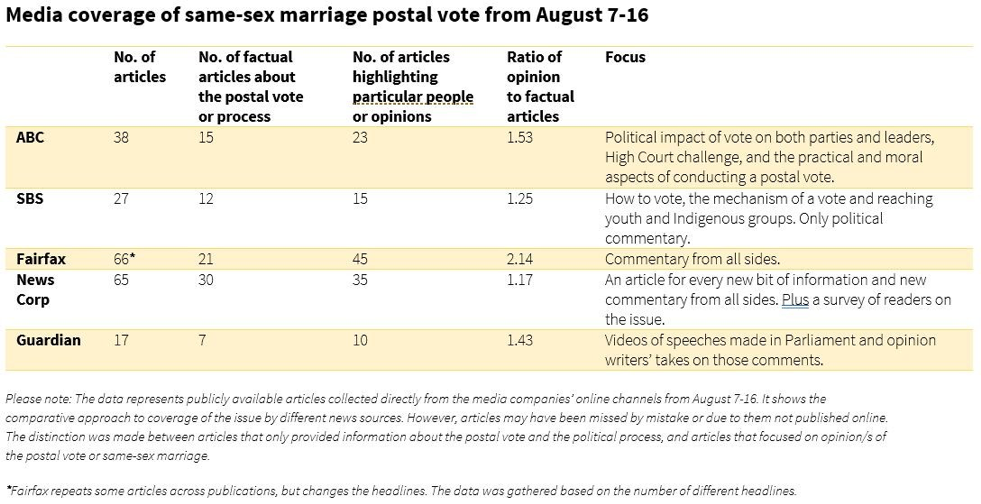Last week, Donald Trump launched a new TrumpTV weekly news bulletin to combat “fake news” and ensure his version of events was being heard. The result was unsurprisingly an audio-visual version of a company media release. It was neither real, in terms of a comprehensive account of events, nor completely fake, in terms of being inaccurate.
Whether you call the news real, fake, biased or targeted probably depends on whether you agree with what is being said or not. The truth is most of the news we consume is incomplete, because we choose to access information that complements our view of the world.
We read articles from sources that appear trustworthy to us, we listen to commentary from figures that reinforce our beliefs, and we surround ourselves with like-minded people.
At the same time, our news feeds are being customised to make sure we see more of the same. This makes it hard for us as individuals to know if we are getting the big picture.
The problem with remaining inside your information bubble is the risk of being manipulated or having our views unknowingly narrowed. On a larger scale, it creates greater divides between groups with different political opinions or societal values.
If we have a quick look at the headlines about the same-sex marriage postal vote in a few online sources over the last week, we can see how easy it is to miss important bits of information and get lost in the noise.
In the last week, some of the major online news channels have been publishing up to 12 stories a day about the postal vote. The peak was on August 9-10.

We see a difference in the amount of information provided, the way it is delivered, and the importance placed on fact vs opinion. In addition, some information can only be found from certain sources, for example facts about how the vote works, the High Court case, what happens after the vote and views of specific commentators.
Although both Fairfax and News Corp were the most prolific providers, the amount of information and the range of views per article was limited. These articles were also spread across a range of publications, not published across all titles.
These bite-sized pieces of information are created on purpose to suit the time-poor reader, but if we want a full account of the facts and an overview of the different opinions, we need to be reading several articles a day across multiple sources. And this is only one topic.
The solution to bursting your information bubble – if you are seeking one – does not need to be so drastic, just a tad uncomfortable. It can simply involve glancing over the headlines of your least favourite publication, listening to a podcast that delves deeper into some of the issues, having a conversation with someone who challenges your view of the world or switching the channel from your favourite program.
That’s my challenge to you this week.




